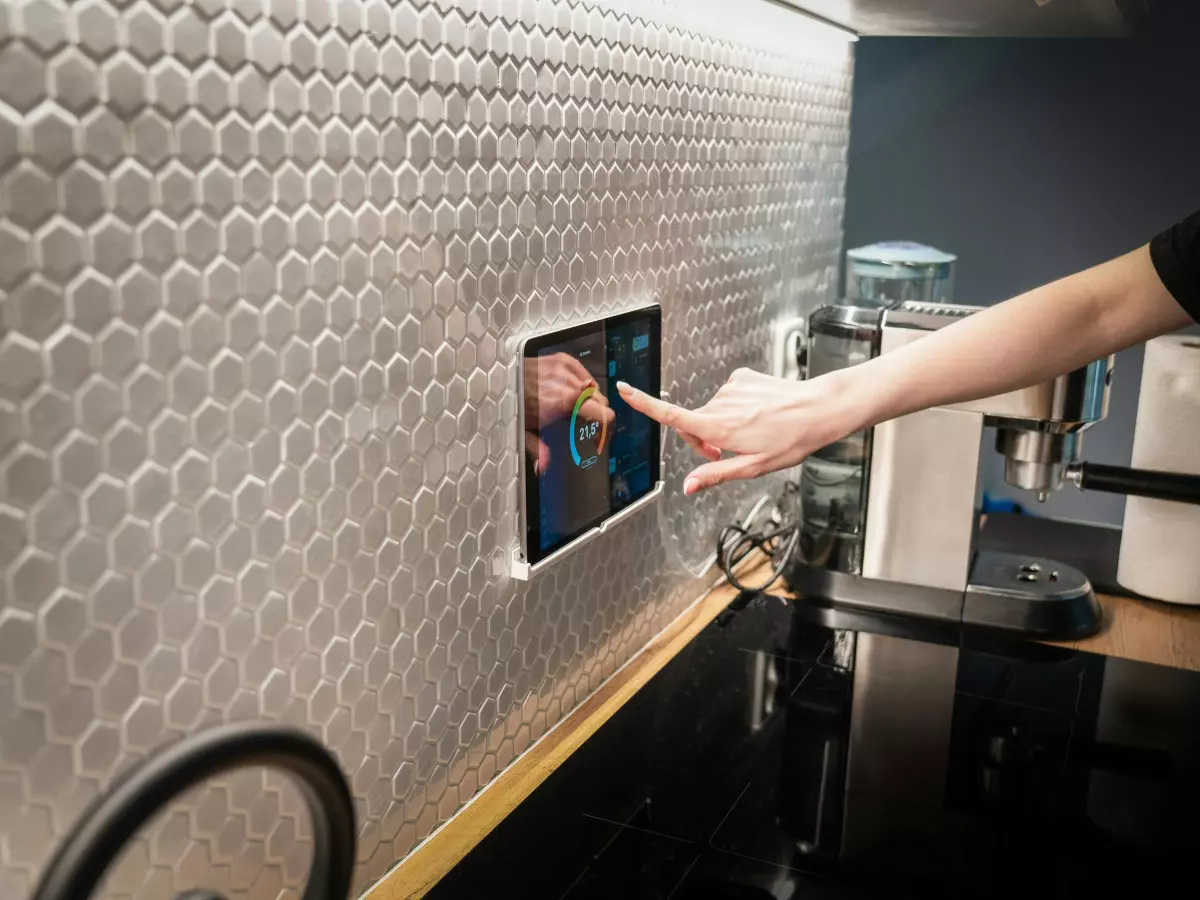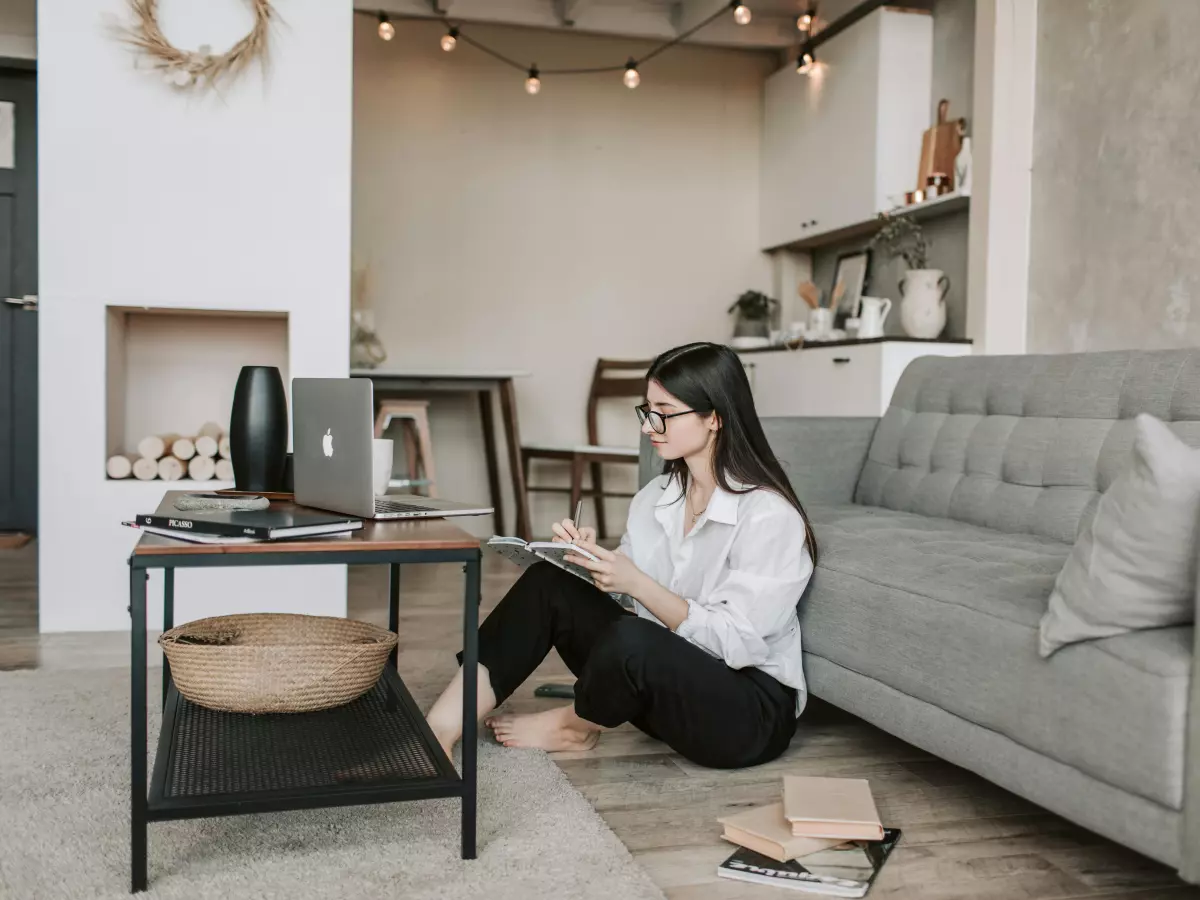Firmware: The Silent Guardian
"The only real security that a man can have in this world is a reserve of knowledge." – Thucydides

By Jason Patel
Thucydides might have been talking about ancient warfare, but his words ring true in today’s digital battleground, especially when it comes to your smart home. Knowledge is power, and in the world of smart home devices, that knowledge often comes in the form of firmware updates. Without them, your devices are sitting ducks for hackers, vulnerabilities, and even obsolescence. But why are these updates so critical, and what makes secure firmware updates the unsung hero of your smart home setup?
Let’s start with the basics. Firmware is the software embedded in your smart home devices that controls their functions. It’s the brain behind your smart thermostat, your security cameras, and even your voice-activated assistants. But like any software, firmware isn’t perfect. Bugs happen, vulnerabilities are discovered, and new features need to be added. That’s where firmware updates come in.
But here’s the kicker: not all firmware updates are created equal. Some are secure, and some... well, let’s just say they’re about as secure as leaving your front door wide open. So, how do secure firmware updates protect your smart home, and why should you care?
What’s the Big Deal with Firmware Updates?
Imagine this: your smart door lock hasn’t had a firmware update in months. Meanwhile, hackers have discovered a vulnerability that lets them bypass the lock entirely. Scary, right? That’s the reality of outdated firmware. Firmware updates are like the digital equivalent of changing the locks on your house after a break-in. They patch vulnerabilities, fix bugs, and sometimes even add new features to keep your devices running smoothly.
But here’s the catch: if those updates aren’t secure, you’re just trading one problem for another. A poorly secured firmware update could be intercepted by hackers, who could inject malicious code into your device. Suddenly, your smart home isn’t so smart anymore—it’s a playground for cybercriminals.
The Anatomy of a Secure Firmware Update
So, what makes a firmware update secure? It all comes down to a few key elements:
- Encryption: A secure firmware update is encrypted, meaning the data is scrambled in a way that only your device can understand. This prevents hackers from intercepting the update and tampering with it.
- Authentication: Before your device installs a firmware update, it checks to make sure the update is coming from a trusted source. This is like verifying the identity of someone before letting them into your house.
- Integrity Checks: Even after the update is downloaded, your device will run integrity checks to make sure the update hasn’t been altered in any way. If something looks fishy, the update won’t be installed.
These three elements work together to ensure that your firmware updates are safe, secure, and free from tampering. But that’s only half the battle.
Why You Can’t Ignore Firmware Updates
Okay, so secure firmware updates are important. But why should you care? After all, your smart home devices are working just fine, right?
Here’s the thing: ignoring firmware updates is like ignoring a leaky roof. Sure, everything might seem fine now, but eventually, that leak is going to turn into a flood. Outdated firmware leaves your devices vulnerable to cyberattacks, and in the world of smart homes, that’s a big deal.
Think about it: your smart home devices are connected to your Wi-Fi network, which means that if one device is compromised, your entire network could be at risk. Hackers could gain access to your personal data, spy on your security cameras, or even take control of your devices. And it all starts with outdated firmware.
How to Ensure Your Firmware Updates Are Secure
So, how can you make sure your firmware updates are secure? Here are a few tips:
- Enable Automatic Updates: Many smart home devices offer the option to automatically download and install firmware updates. This ensures that your devices are always up to date without you having to lift a finger.
- Check for Updates Regularly: If your device doesn’t support automatic updates, make it a habit to check for updates manually. Most devices will have an option in the settings menu to check for firmware updates.
- Use Trusted Devices: Only buy smart home devices from reputable manufacturers that prioritize security. Cheap, off-brand devices might save you a few bucks, but they could also leave you vulnerable to cyberattacks.
- Secure Your Network: Even the most secure firmware update won’t protect you if your home network is vulnerable. Make sure your Wi-Fi network is secured with a strong password and encryption.
By following these steps, you can ensure that your smart home devices are always running the latest, most secure firmware. But remember: security is an ongoing process. Just because your devices are secure today doesn’t mean they’ll be secure tomorrow. Stay vigilant, stay updated, and stay safe.
The Future of Firmware Updates
As smart home technology continues to evolve, so too will the need for secure firmware updates. In the future, we may see even more advanced security measures, such as blockchain-based authentication or AI-driven integrity checks. But for now, the best thing you can do is stay informed and stay proactive.
So, the next time your smart home device prompts you to install a firmware update, don’t ignore it. It might just be the thing that keeps your home safe from the digital wolves at the door.





